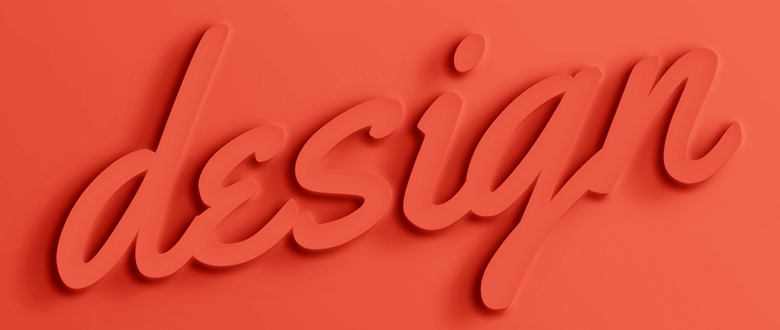So, what exactly is graphic design?
Well, let’s start with simple.
With graphic design there are two things: We have the ‘graphic’ part and the ‘design’ part.
Graphic is visual, which is mainly associated with art, imagination and expression involving many mediums such as drawing, painting, engraving or lettering, given clear and explicit detail.
The graphic part of graphic design is made up of visual elements which are the building blocks of design.
The basic visual elements that combine to create graphic design include the following:
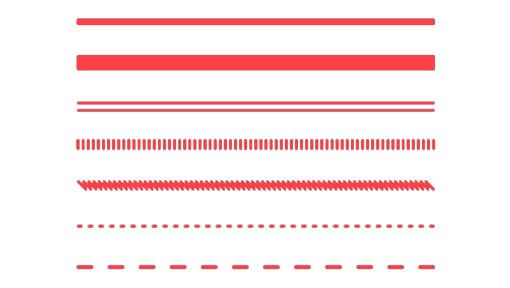
Line
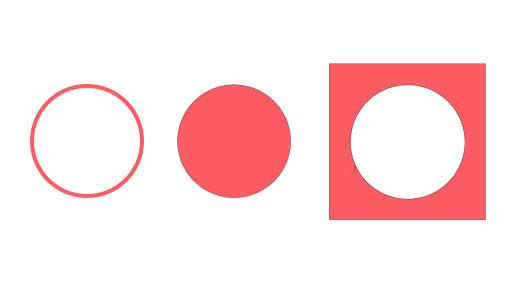
Shape
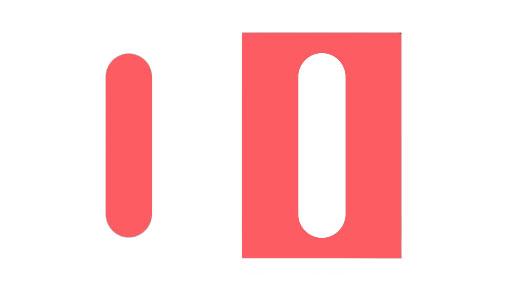
Space
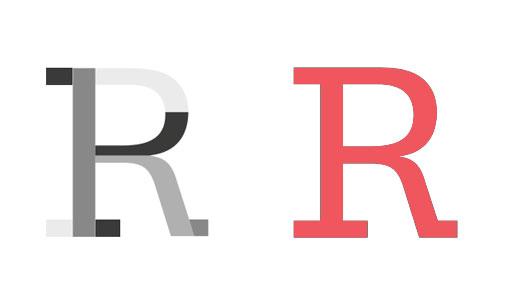
Typography
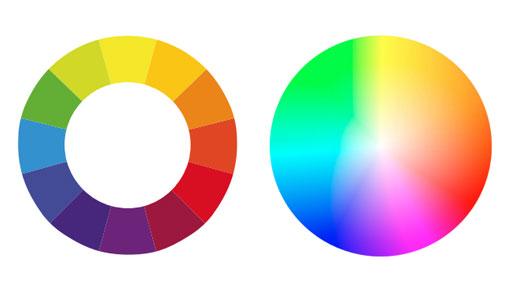
Colour
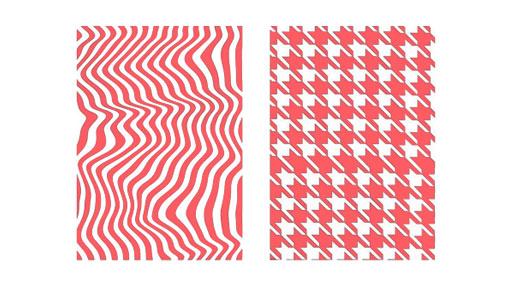
Texture
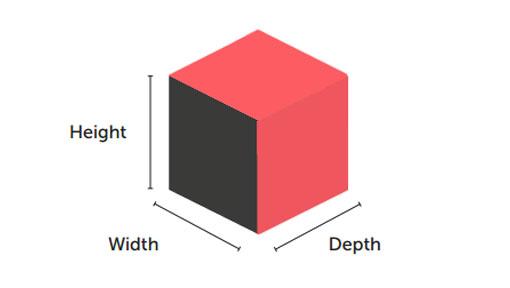
Form
The second part is design, which is to decide upon the look and function of something before it is made. Design is thinking, problem solving and practicality.
In graphic design there are rules that are to be considered and these rules are called ‘The Principles of Design’. All these principles have a relationship between each other and appear in every well designed piece of work you see.
A good grasp of design theory will mean there is always substance behind your work.
The key principles of design are the following:

Contrast
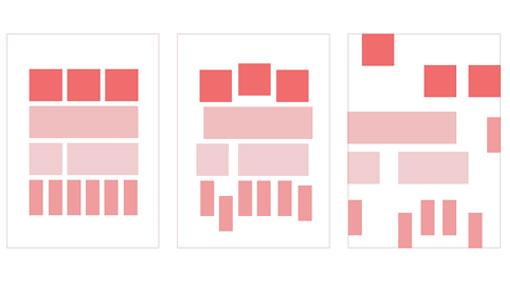
Alignment
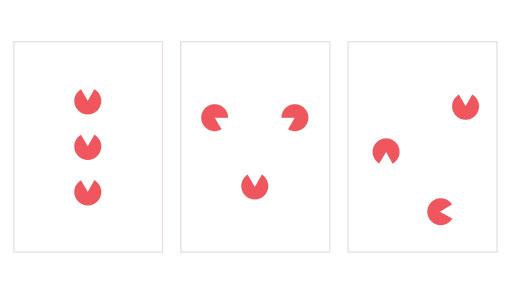
Proximity
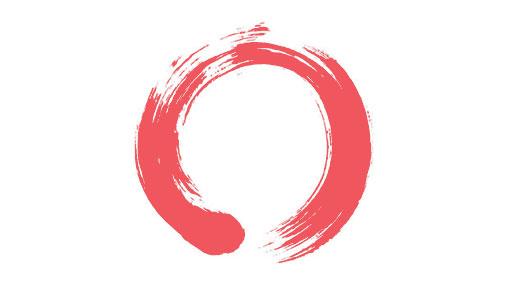
Simplicity
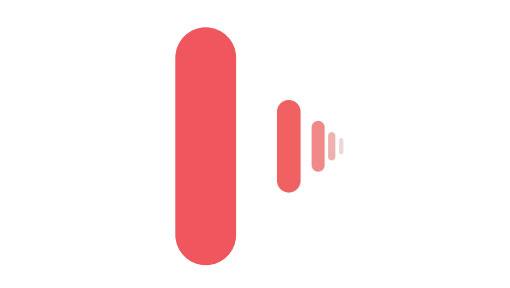
Hierarchy
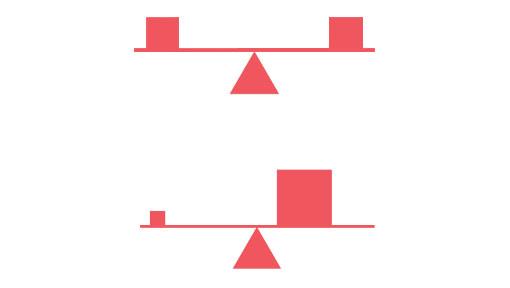
Balance
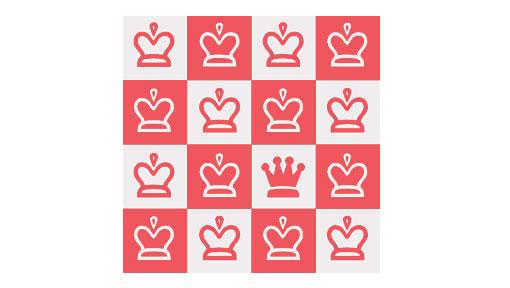
Repetition
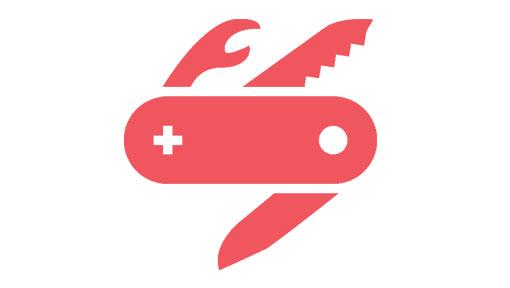
Function
When we bring both the visual elements and the design principles together we have graphic design.
Graphic design is not about making things look pretty or drawing, painting, creating a poster or a quick logo on your computer. These things are the means to the end and are skills in their own right.
Graphic design is:
The organisation and presentation of information developed through a creativeprocess for a particular function.
In graphic design we must first understand information, a message or a brief and then research, think, imagine, develop and create a solution or concept in order to communicate that information, story, message or idea in a visual way.
It’s only when we have a solid idea, developed through the design process is when we can use our skills with layout, colour, typography and creative tools to bring that idea to life.
Once upon a time that would have been with just the aid of a pencil or paint brush on paper but these days we also have cameras, computers and printers.
Since the invention of the print press which enabled reproduction on a mass scale, graphic design has been used to communicate and spread messages worldwide.
Through the evolution of technology, today we are surrounded by an abundance of visual communication. Today, graphic design is implemented across a broad spectrum of media both print and digital such as: Advertising, Branding, Web Design, Interface Design, Magazine Layout, Paper Engineering and Packaging, TV, Motion Graphics, Infographics, Signage, Art and Installations and Digital Art.
If you’re looking to pursue a career in graphic design, you will inevitably end up creating work across one of those sectors.
Over many decades in the past, graphic design has shaped culture through pop art, political art and commercial art. Today graphic design has a big commercial side and used to sell and advertise things, but that’s not all it has to be.
The power of graphic design to inform, influence and instruct on a commercial level can also be used to educate and inspire a generation.
Graphic design is the unity of two opposing forces: artistic expression and practical application. As a graphic designer these two forces will always be at odds with each other in your mind. When you can harness these two forces together in harmony, then you can create great visual communication.
So… that’s an introduction to what graphic design is for anyone who was not sure of what graphic design was all about.
Source: Gareth David

